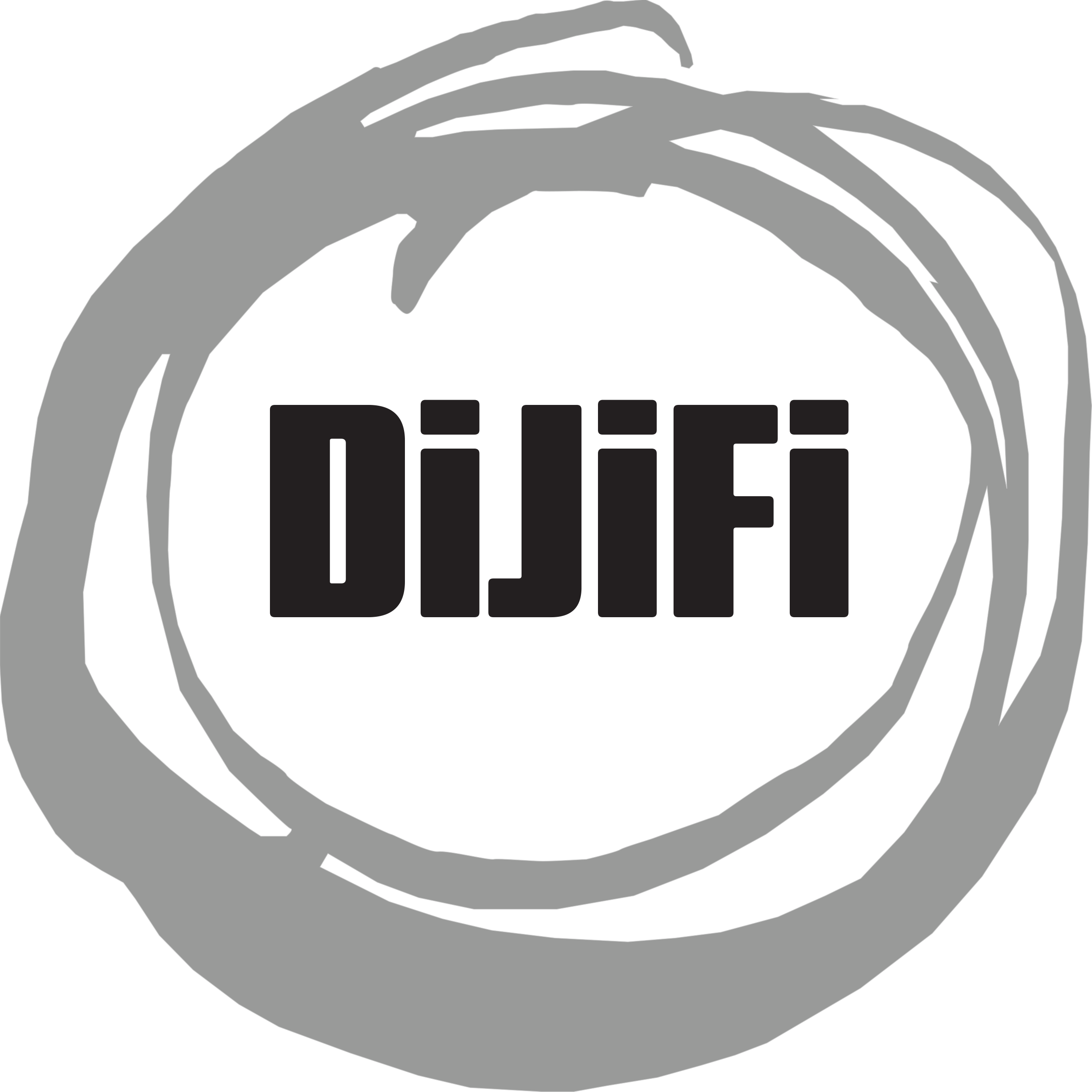Microfilm Conversion Process: How Does it Work
The face of technology has changed many times over the years and technologies that were once considered revolutionary are now almost completely extinct. Microfiche and microfilm are two such technologies that have become quite outdated in recent years. Though the technology may be all but forgotten in modern society, the documents and memories stored on them should not be. Through microfilm and microfiche conversion, your memories can live on in our increasingly digital age. This brief guide will explain how the microfilm conversion process works so you can rest assured that your memories preserved on microfilm will be handled with the utmost care and precision.
Preparation
As with digitizing any document, the first step in the microfilm conversion process is to assess and prepare the documents for scanning. During this process, the microfilm is inspected for any obvious signs of external damage. Much like photo negatives, microfilm displays images on a roll of film with images organized in a continuous line, one after the other. This setup, though efficient in its day, does make the film rather susceptible to breaks or tears which can significantly damage the images. Professionals handle microfilm with extreme care during the preparation process to avoid creating additional damages or worsen existing deterioration. Microfilm images are also organized during this step in the process to further streamline the entire digitization process.
Scanning
After the microfilm has been inspected, organized, and repaired if necessary, it can be scanned and prepared for digital output. During this process, the original image of the document is extracted from the microfilm to ensure the most accurate representation possible. Images are scanned using pixel-shifting technology to provide a clearer image that lends itself to more modern, digital formats. Images can also be edited and enhanced during this step in the process. Microfilm conversion machines integrate optical character recognition services which allow the analyst to create word-searchable documents. This is ideal for the conversion of microfilm images that contain important documents and files.
Output
Once the microfilm has been scanned and edited accordingly, it can finally be converted for output in a digital format. Both microfiche and microfilm can be converted into a variety of different digital formats. The most common file formats for digitized microfilm images are JPEG, PNG, and TIFF. Digitized microfilm images can then be stored on a USB or digital storage system for easier viewing and sharing.

